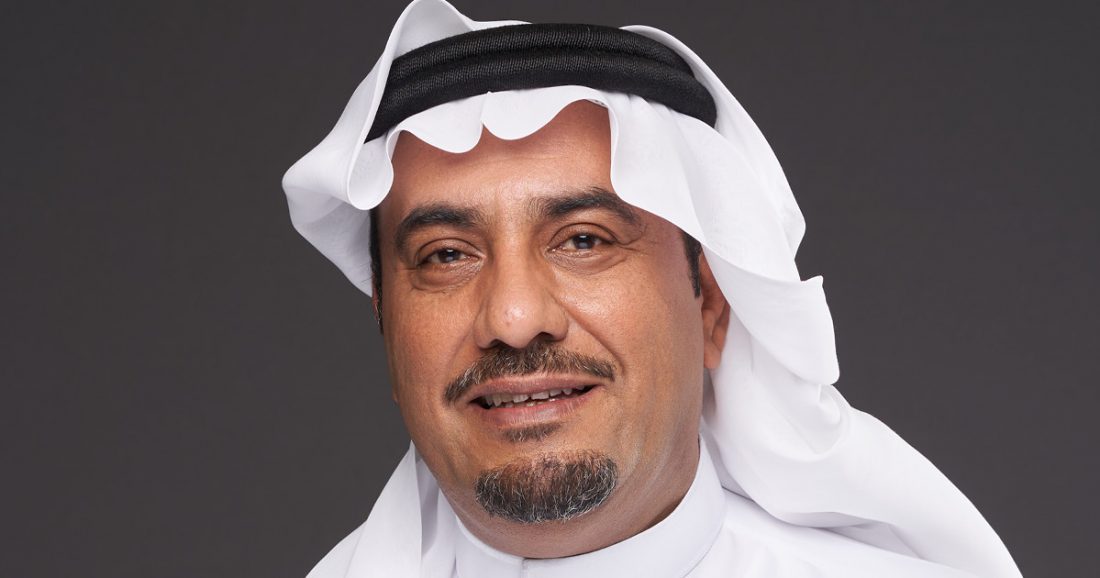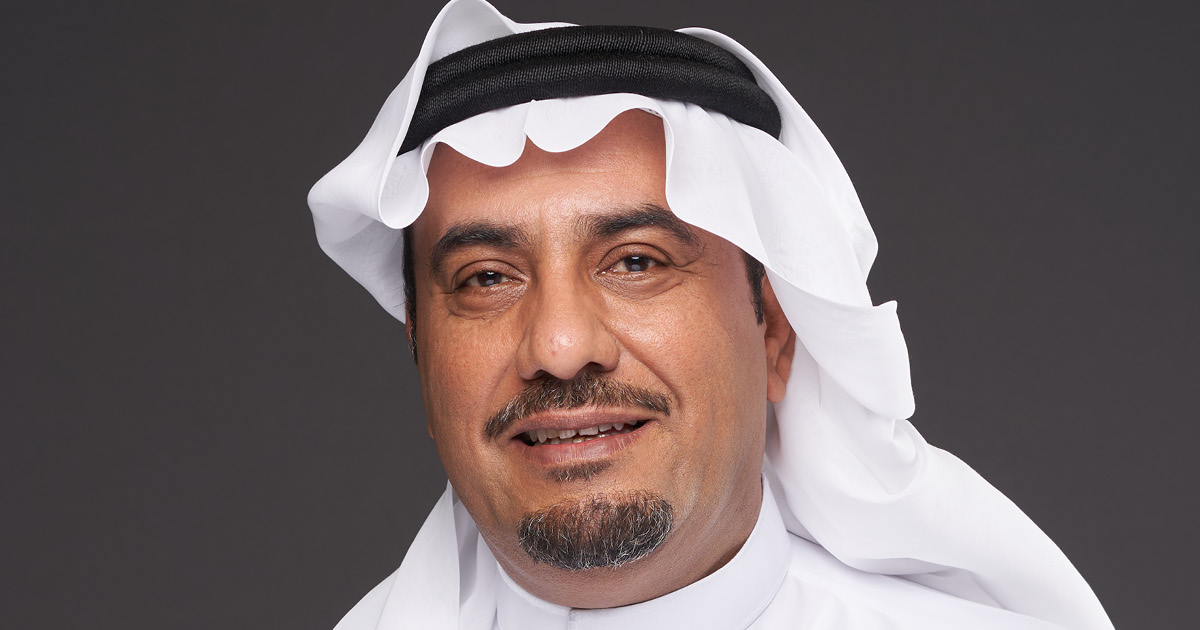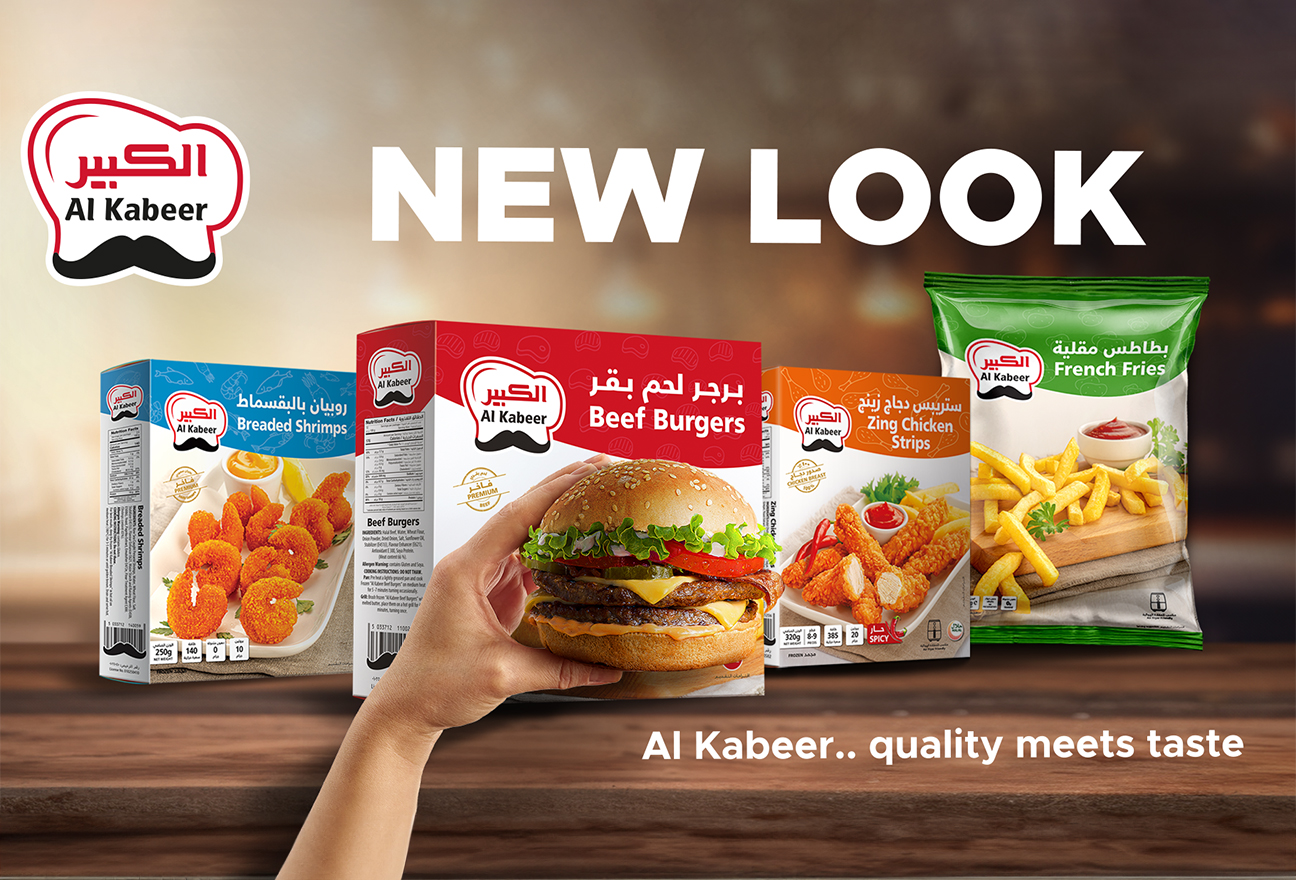A household name in Saudi Arabia and across parts of Africa, Panda Retail Company has been serving customers across the region since 1978, and has had more than 100 million customer visit its stores. Leading the way in modernizing the weekly food shop, the company has been a trailblazer in Saudi Arabian food retail, securing its spot as the country’s number one supermarket chain in the process.
Indeed, with almost 65 percent of the Saudi Arabian population under the age of 30, the vast majority of the country’s inhabitants have grown up with the Panda brand.
Despite this string of achievements, when Bander Talaat Hamooh assumed the role of CEO toward the end of 2017, Panda Retail Company faced significant challenges. He approached taking on the role as a mission, driven by a commitment to the company’s success rather than viewing it as just a career move.

“Over the last few years we’ve stopped all expansion plans to fix the core and to build up our core capabilities, but now we are ready to expand.”
He recognized that within the era of evaluation and technology, the 42-year-old retailer needed to undergo positive transformations to recover.
“That was the beginning of the journey,” Hamooh tells The CEO Magazine. “It wasn’t the sole problem of Panda in Saudi Arabia, but every brick-and-mortar retailer everywhere was also facing big changes due to ecommerce and various disruptions that were happening globally.”
With this in mind, he set about diagnosing the company’s problem.
“It was like doing a CT scan for the whole company, looking at people, process systems, financials and legal to understand and to identify what the real root cause problems were that led to the sudden reversal of the trend,” he explains.
Turnaround Tactics
What followed was a turnaround process, which Hamooh is quick to point out is quite different to a transformation.
“With a turnaround, you need to focus on a few things that will move the needle. So you cannot come and start fixing customer experience from the first day because this will take a long time,” he clarifies.
“We really needed to adopt certain turnaround initiatives that would move the needle, and that’s what we did. We have created number of turnaround initiatives, we have designed them, we tested them and we are starting to see signals of success. Then, we will start to roll them out.”
In collaboration with
Coca-Cola Bottling Company

Initially, Panda’s focus turned to ensuring on-shelf availability of products. “This is key, because if the product is not on the shelf, you can’t expect it to sell – it’s very simple,” Hamooh says.
“So we worked on the shelf availability, we worked on the footprint, where our stores were and if they were profitable.”
On top of that, the ‘fresh’ concept became a key cornerstone of the business, and the company invested heavily in its workforce – the 23,000 people who power the organization.
“We started to work on very specific plans to improve them and build core capabilities in the company,” he shares. “In 2019, we started to see a good result and the company had grown by nine percent, so things started to move in the right direction.”

“I believe we did a good job in terms of making the products available, creating the online and ecommerce arm.”
But then the COVID-19 pandemic threw another curveball at Panda Retail Company, forcing it to shift gears immediately.
“I believe we did a good job in terms of making the products available, creating the online and ecommerce arm, responding to the crisis and keeping our stores open, despite all the different regulations,” he reflects.
Even in the face of such challenges, Hamooh saw only possibilities.
With so much to tackle, the focus had to be on surviving this tumultuous period. But the mission for growth quickly picked up again in 2021.
A New Experience
With the turnaround complete, Hamooh turned his attention to transformation. The result was the Customer Experience Revival (CXR) program.
“That was aiming to revive all our stores based on a new concept based around the fresh section,” he says.
Entitled the ‘Four Season’ concept, it saw the creation of a new customer experience. “We moved into the customer decision tree and we changed the customer journey inside the store with the aim of really improving and reviving the customer experience in Panda,” he says.
“We created a prototype and implemented it in one store, and we’ve seen a great result and a great response by customers.”
Now 75 stores have undergone complete upgrades as part of the program, yielding the desired outcomes. The objective, Hamooch says, is to extend this program to all stores in the near future.
“Our customers are really happy with the customer experience, with the new range, the new concepts, with the look and feel,” he says.
“Over the last few years we’ve put all expansion plans on hold to fix the core and to build up our core capabilities, but now we are ready to expand.”
With this in mind, the company has explored a number of factors such as geographical distribution, market share of the network, population and prosperity indexes as well as online integration.
“So there are different elements that we have to take into consideration and we would like to make sure that we have a strong omnichannel strategy, as well as ease of accessibility for the customers to reach our stores,” Hamooh says.
“We started to open stores based on our footprint strategy, so we know exactly where we’d like to expand, where we would like to defend our market share, where there are gaps where we can fill in customer needs.”
These stores are currently split into two formats: the hypermarket model, which is up to 7,000 square meters and contains both food and non-food products; and the smaller supermarket model, measuring around 2,000 square meters and selling mainly food.
Online Transition
The shift toward ecommerce, accelerated by the disruptions of recent years, is one Hamooh sees continuing well into the future with great possibilities for Panda Retail Company. Despite joining the online market during the pandemic, the supermarket giant has swiftly embraced its digital journey, and now the process can accelerate even further.
“Now we have a strategy on ecommerce. We would like to be the market leader and a major player, and this will depend on how much we fulfill our commitment to our customers and fulfill our promises,” he says.
“So it’s the scale and the speed to ensure that the customers get fresh products with more than 99.5 percent accuracy – that’s the promise that we’d like to work toward and achieve. And with that, I believe we can be the market leader if we can reach that satisfaction level of 99.5 percent.”
Even if it does achieve these lofty targets, the company’s ecommerce capabilities will need to continually adapt to stay at the forefront of this ever-evolving landscape, as Hamooh is only too aware.
“I believe that now customer behavior will change from on-demand purchasing into planned purchasing,” he expands.
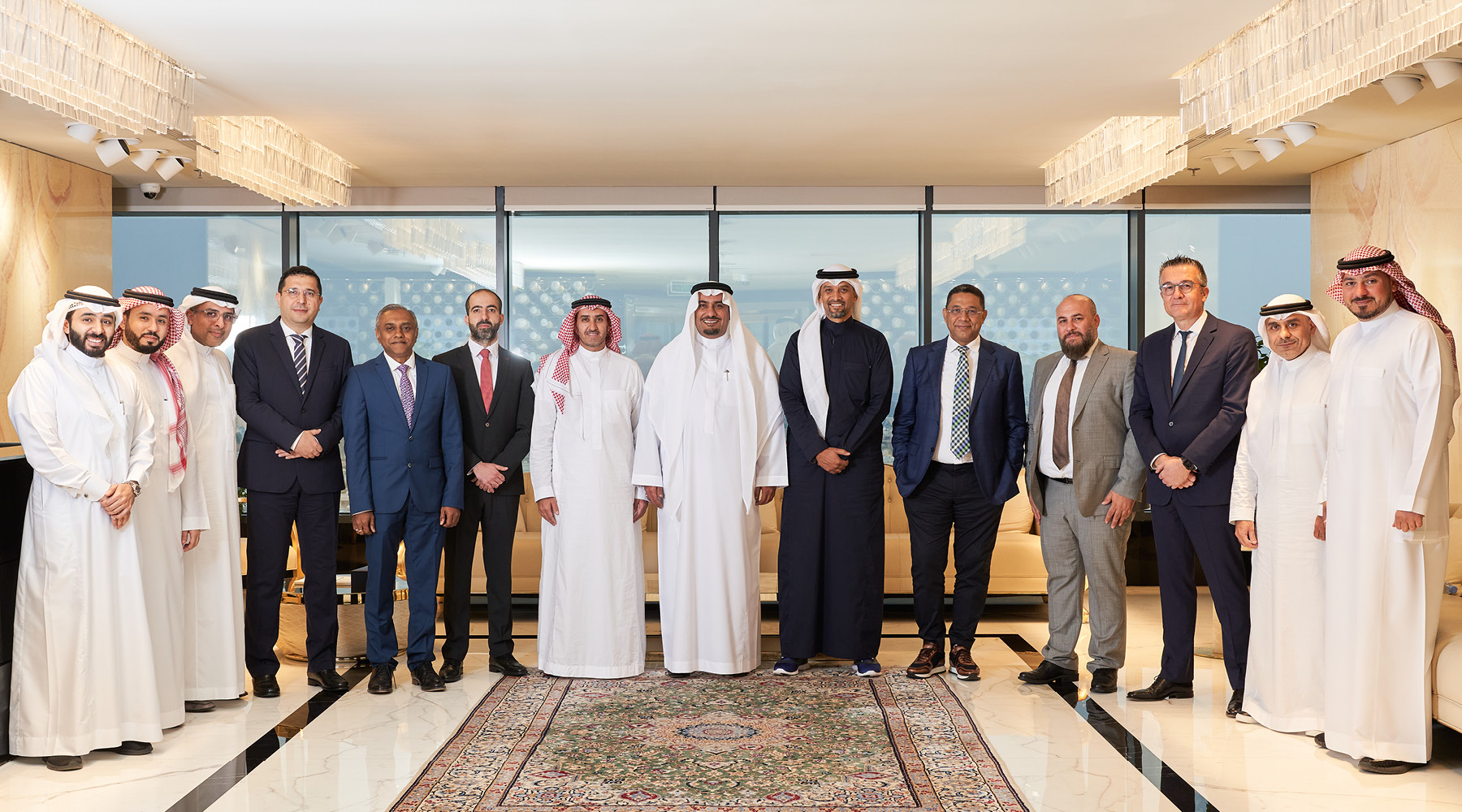
“We would like to create proximity with our new format and we would like also to be the market leader in ecommerce and online business for food, and fresh food in particular.”
This trend is being driven by changing family dynamics in the region, with more women entering the workforce, leaving them with less time to spend on preparing food.
It’s a market he predicts that will, at least, quadruple over the course of the next five years.
“So accordingly, we would like to expand our supermarket format,” he says. “We would like to create proximity with our new format and we would like also to be the market leader in ecommerce and online business for food, and fresh food in particular.”
But creating a sustainable ecommerce business hinges heavily on profitability, Hamooh stresses. “If a business is not profitable, I don’t think it can last and I think this is what is happening now,” he says.
“So many of the new businesses that are emerging in the market are providing quick deliveries and online grocery sales, but it’s not profitable. So I don’t believe that this is something sustainable for us.
“We are planning to have a profitable business that can be sustainable, that will meet people’s needs according to the time pressure that they have, and the varieties that they need and aspire to.”
Stepping Up
In order to do this, automation will play a major role. “You cannot achieve a big scale without automation,” Hamooh says. “Manual operations can survive, but if you are running with 30,000 SKUs [stock keeping units] and providing a 99.5 percent promise in less than 24 hours, you need to have a very strong automation system that can cover the entire Kingdom and satisfy people. And that’s what we are working on,” he explains.
It’s a plan that he is confident he can successfully enact, even in the face of challenges such as inflation.
“That is something that we have to deal with because we have to provide our customers with the best products at the best price,” he says. “We are finding our way around that by cooperating with our suppliers.”
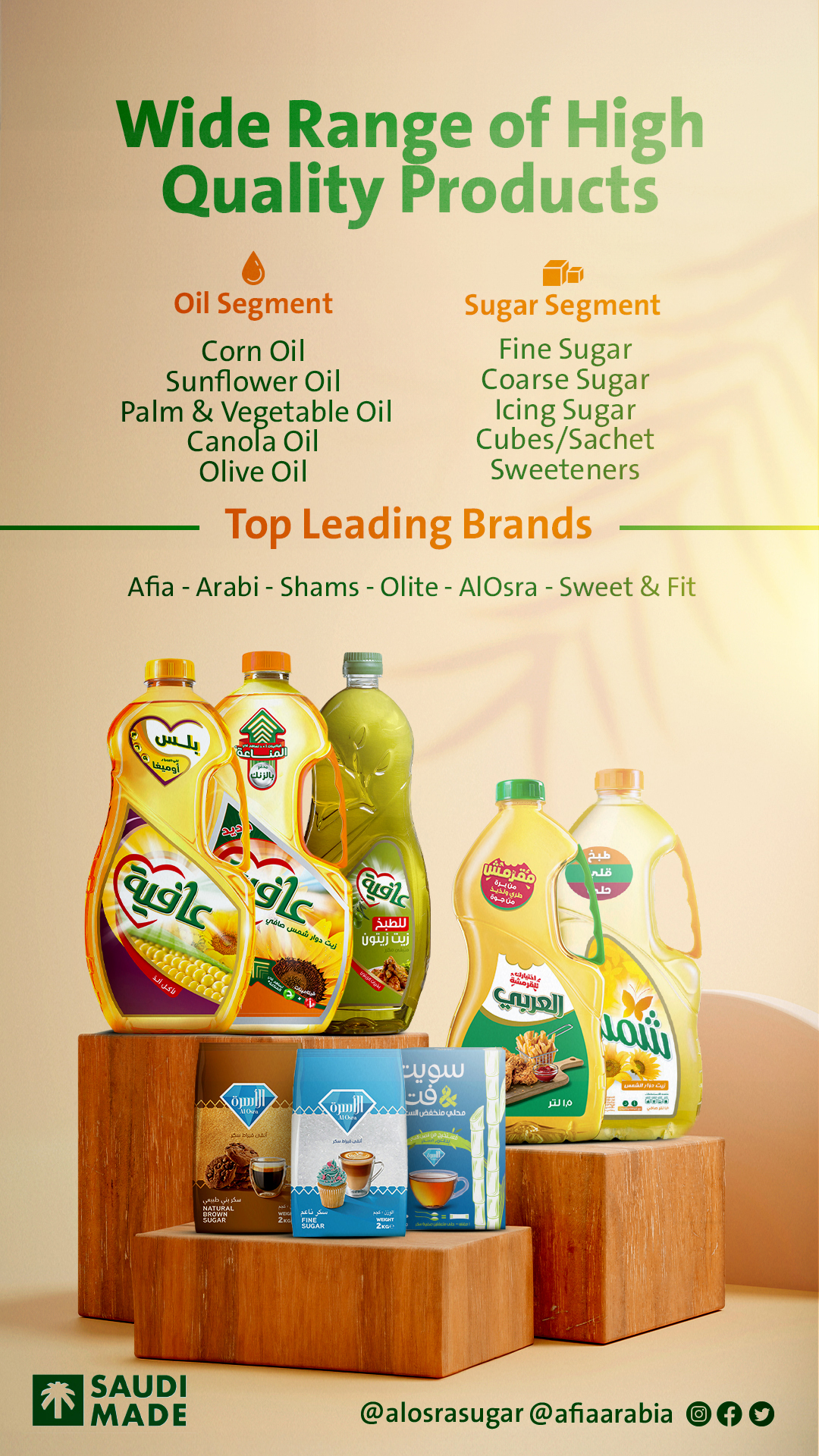
Advertisement
Supply chain is another area of difficulty, causing shortages in certain products. “We have to make sure that we have alternative suppliers,” Hamooh stresses. “We also have to focus on encouraging local manufacturers, too, and supporting them so they can supply us with all the products we need.”
Another trend Hamooh is noticing in the market is that customers are buying less at a time, while the frequency of shopping trips is increasing. “People are facing pressure on prices, and we are considering providing an entry-level private label that is economical so that people can buy the products they want at very good prices.”
Panda Retail Company’s legacy is clearly in safe hands, with Hamooh’s competency for the task finely honed over decades of professional experience. He has worked in high-level roles for a number of major pharmaceutical companies and as an advisor to the Minister for Health.
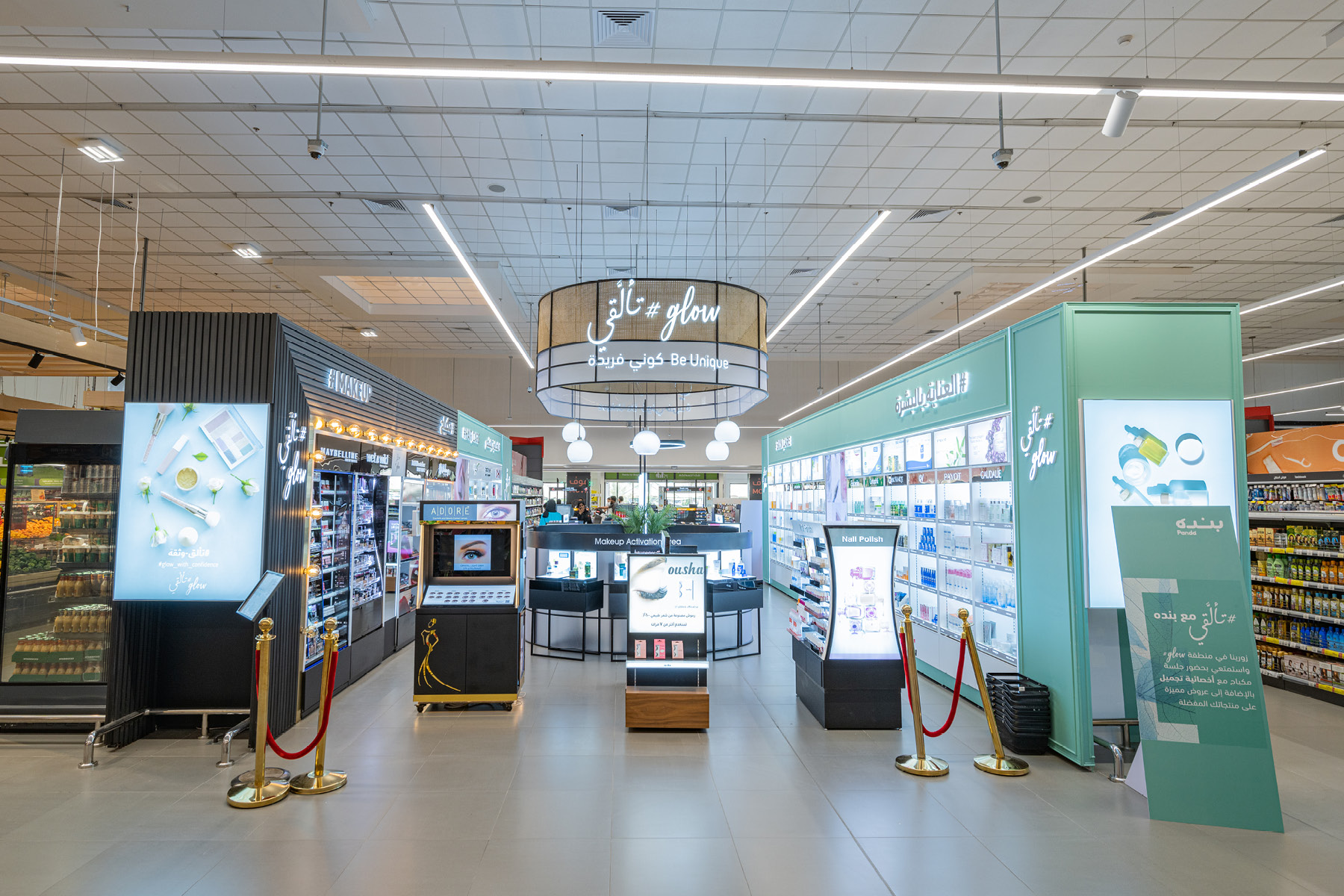
“We are considering providing an entry-level private label that is economical so that people can buy the products they want at very good prices.”
“I always say I’ve been working over the last 30 years in my life to be ready for this job because it’s really hard to turn around a major company like that,” he reflects. “I believe that each position and each experience I have had has contributed to the understanding of how I can manage and deal with this company. That’s key.”
He also gives credit to the company’s burgeoning team of 23,000-plus people and explains that they are critical to its future. So is investing in building their capabilities and instilling a vibrant culture to nurture them while attracting and maintaining top talent.
“I believe that you need to surround yourself with the best people. And I’m very proud to say that I have a great team around me that really helped me to build up and to grow,” he says. “It’s not a one-man show, it’s a team effort.”

